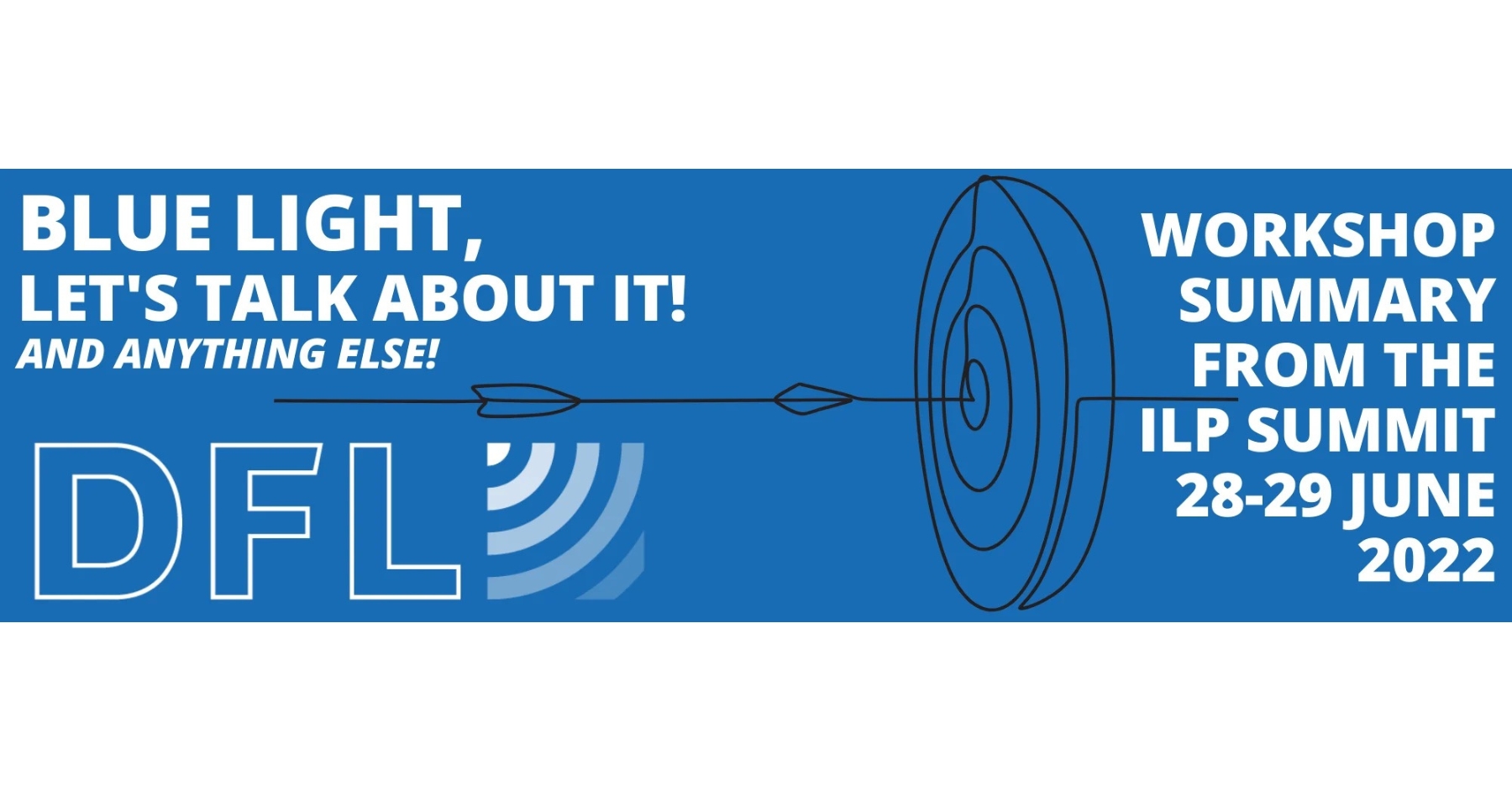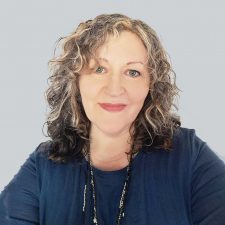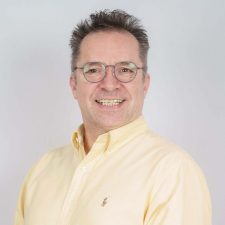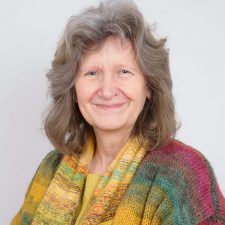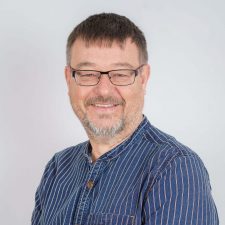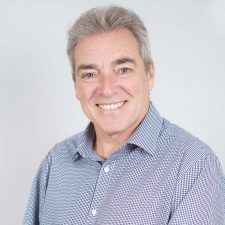Last week saw the return of the Professional Lighting summit to the in-person calendar, held in Bristol and available online.
DFL were one of the main sponsors this year and had two workshops to deliver so the team involved were determined to present an interesting and engaging experience for their audience.
Whatever your role…
This event presents an array of opportunities for career development through the discussion of new ideas, sharing expertise and networking. While the often challenging technical and legal changes within the field can be thrashed out for better understanding.
CPD is at the core of the event with valuable content available for designers, lighting engineers, consultants, contractors as well as other professionals. Alongside this opportunity, the ILP requests submissions from speakers with an interesting story to deliver. These are usually presented in the form of something inspirational, maybe something from an expert divulging their knowledge, or simply an interesting or thought-provoking topic. Occasionally someone delivers a new piece that hasn’t been presented before.
We had decided to deliver our workshops on the theme of ‘Blue Light’ and wanted to make these sessions as interactive as possible. Feedback was an important element of this because we wanted the audience to give their views in relation to health and the effects on flora and fauna, as well as the visual quality of the light.
As a company, we actively promote the use of warmer CCT values for exterior lighting – 3000 k or lower – because we believe that these are more environmentally friendly, while producing a more pleasant ambience.

ALWAYS A SCHOOL DAY
With a further nod to CPD, first-time speakers are very much encouraged, so despite his own misgivings, our Executive Director, Richard Jackson took to the stage.
The basis of the workshop was for DFL to pose some topical and discussion-worthy questions to encourage debate.
We wanted to start by clarifying “What do we mean by blue light?” And stating that for the purpose of this workshop ‘Blue Light’ is defined as a light source which has a relatively higher proportion of light emitted with wavelengths of or close to 450nm, or the blue part of the visible spectrum.
ENVIRONMENTALLY FRIENDLY?
With the natural environment a very hot topic, the resounding response when we asked, ‘Is blue light in the exterior environment a problem?’ was that, yes, if it impacts flora and fauna negatively.
Next, we asked ‘is there any justification for using cooler colour temperatures than 3000 k in exterior lighting?’
Kevan Shaw responded by suggesting that there were architectural lighting applications which benefit from a cooler CCT and as such designers would not want legislation which forced them to be constrained.
From this point, the workshop really came alive where a discussion around a number of aspects started to evolve.
Some people wanted to know who had the order of priority when we design for light mitigation where different animals and people need varying degrees of light.
Blue light is a big subject and finding the answers is no easy task, but the workshop started to develop into a round table discussion with the audience listening intently to differing options.
The conversation then moved on to Highway Lighting with the consensus being that there was no place for cooler colour temperatures, particularly as the efficiency of cool vs warm CCT is no longer a major issue.
Julian Higgins provided some useful comments on the decision-making process within local authorities, detailing how his authority had started specifying 3000 k and how they were trying different solutions. Most definitely something to watch!

Rebecca Hatch provoked discussion regarding the role of Accountants in the overall decision-making process, who, while trying to maximise savings, often ignore issues with lighting quality, despite our industries best efforts to inform and advise.
One topic that kept being raised were the issues around glare. We see this as a key takeaway from the event and will be investigating and discussing this further.
In summary, the topic received a great response that provided some in-depth, thought-provoking feedback. The lighting industry seems to agree on the following two facts – that the future is warmer colour temperature CCT lighting for exterior use and that there should be guidance in place to support this.
In summarising the workshop Richard said: –
‘This felt like a bit of a risky topic to take on especially for my presenting debut! However, the audience were fantastic with a real mix of skillsets and views. The conversations on both days flowed in differing directions although the workshops were limited to 30-minutes. These discussions could easily have continued well over an hour.
Most know that we need to do a lot more around limiting blue light content and glare but for me, it is about how we can educate those outside of the industry regarding the pitfalls of poor-quality light source and actual lighting control.
Furthermore, I wonder if we are on the cusp of seeing a whole new age of street light luminaire, that offers us more control and less direct light output?
With fantastic feedback that included, “it was the best workshop of the summit,’ we have decided to further develop the workshop and take it out on the road!’
Would you be interested in attending one of our workshops?
Maybe you could host one at your offices?
If you’ve just nodded your head at either or both of the above, then please get in touch.
Please email richard@dfl-uk.com or call on 07805 412734.
Presentation slides also available on request.
